Historic vessel lying in West India South Dock looks to ensure its stories continue to be told
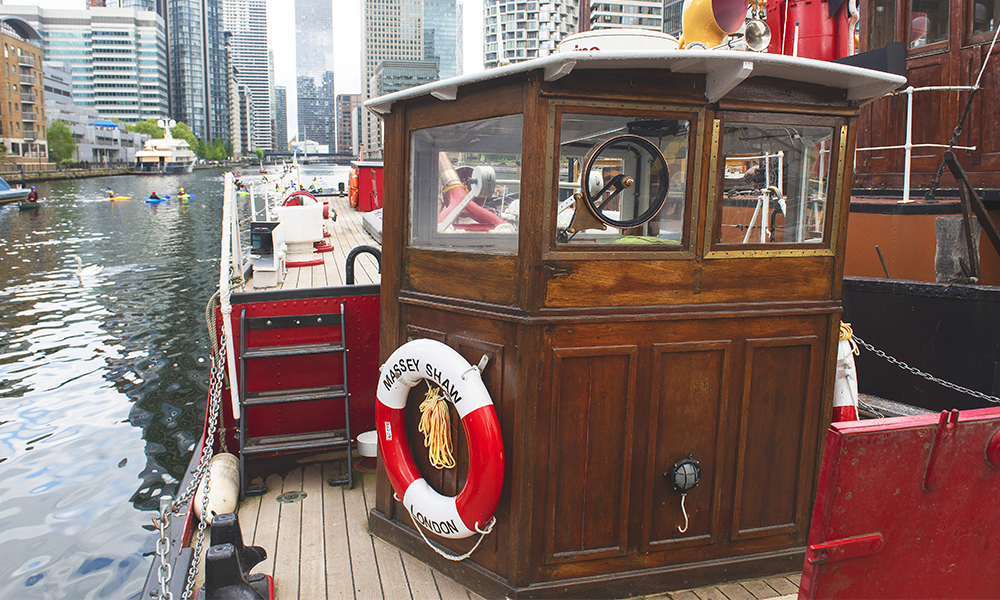
Subscribe to Wharf Life’s weekly newsletter here
This is not the story of the fireboat Massey Shaw. How could it be?
Just to stand on the deck of this remarkable craft at her berth in West India South Dock is to feel her planks and steel plates quietly pulse with the decades of history they’ve absorbed.
It would be possible to fill this space many times over without coming close to bottoming out the sheer depth of material associated with this remarkable boat.
It might be the part she played saving goods worth many millions of pounds just a year after coming into service by blasting down the walls of a warehouse with the power of her main jet to stop a fire in its tracks at Colonial Wharf in Wapping.
It could be the more than 500 lives she saved as part of the flotilla of little ships launched to help rescue British servicemen from the beaches at Dunkirk in 1940 – ferrying soldiers from the land to larger craft and herself taking about 100 back across the channel, making three trips despite the danger of the sea and enemy fire.
Or it may be the part she played in the desperate firefighting effort during the Blitz.
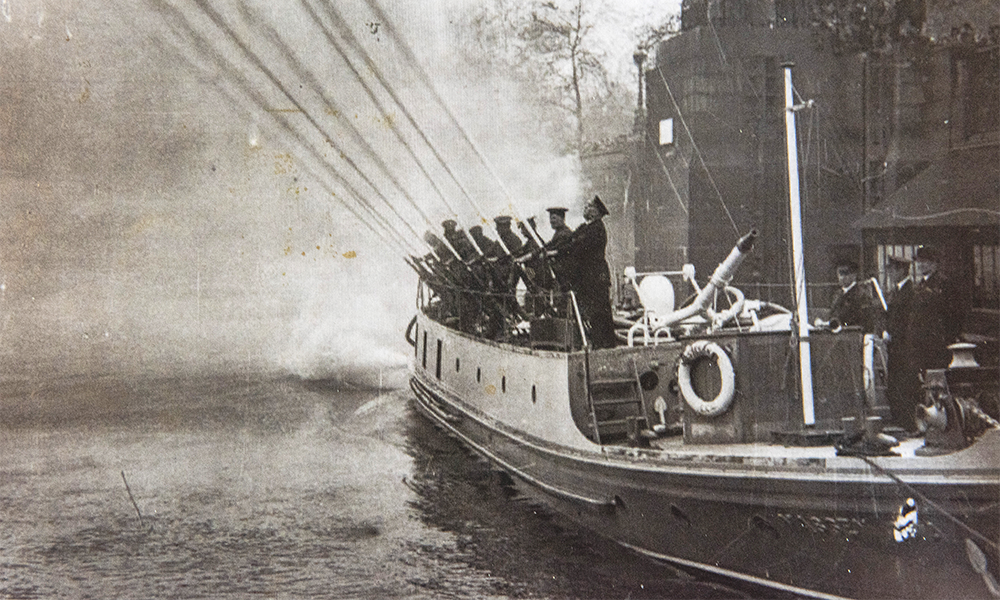
But these stories – and many more – are best told by those who know, the volunteers who are working to keep her shipshape and who hope eventually to open her to the public as a museum ship.
Built in 1935 by J Samuel Whites at Cowes on the Isle Of Wight for £18,000 (more than £2million in today’s money) she served the London Fire Brigade from launch until 1971.
After a decade in the wilderness, in 1982, the Massey Shaw And Marine Vessels Preservation Society embarked on a project to restore her and to sail her once again to Dunkirk for the first time since the 1960s.
Today, after much passion, a sinking, restoration work, vandalism, repair and renovation, she lies by the entrance to West India Docks, sharing space with the 1920s steam tug Portwey and the Dockland Scout Project.
From there, the Massey Shaw Education Trust, as the society has become, intends to use its 40th anniversary year to raise awareness of its work, the vessel herself and the opportunities available for those who might like to get involved with the ongoing project.
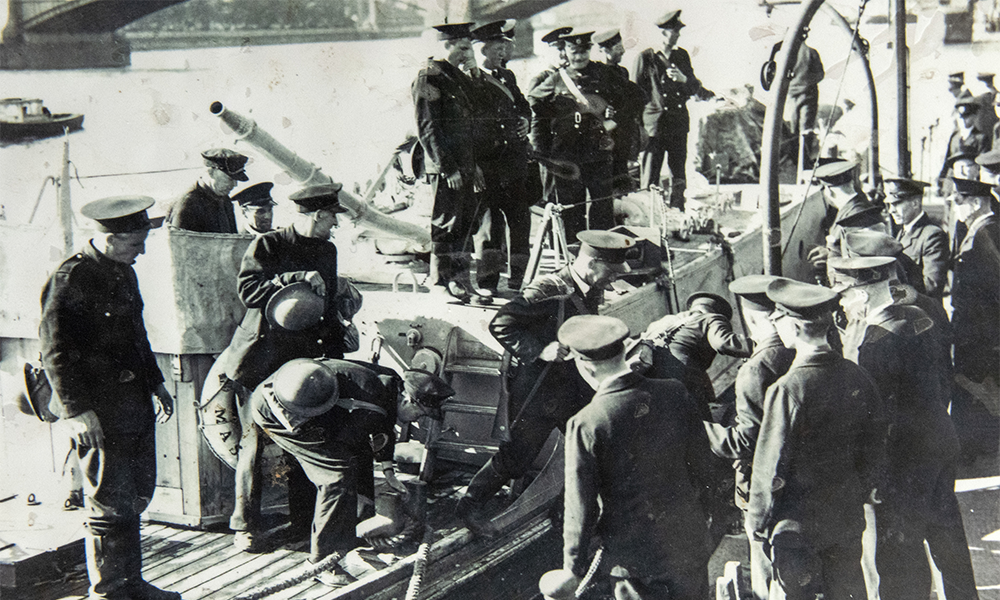
Trust CEO David Rogers – himself a former firefighter, albeit a land-based one – said: “We’re a completely voluntary organisation and we’d really like to engage with a wider audience including people who are in Docklands.
“Perhaps they’ve seen this black and red boat that looks a bit strange – we often get questions about what she is and what she does.
“So one of the things we want to do is to get more volunteers of all ages who can come along and support us in our plans for the boat.
“We’ve had her for 40 years, but we see ourselves as custodians and we now need people to take her forward for the next 40.
“This boat has a unique history and we want to help people understand it and to help shape it whether they’re involved in the fire service or not.
“We want people to come and be trained so they can run the engines, operate the boat and man her pumps so she can appear at events.
“But we also have a big archive that we’ve built up over the years, so we need people with IT skills to help organise and digitise that.”
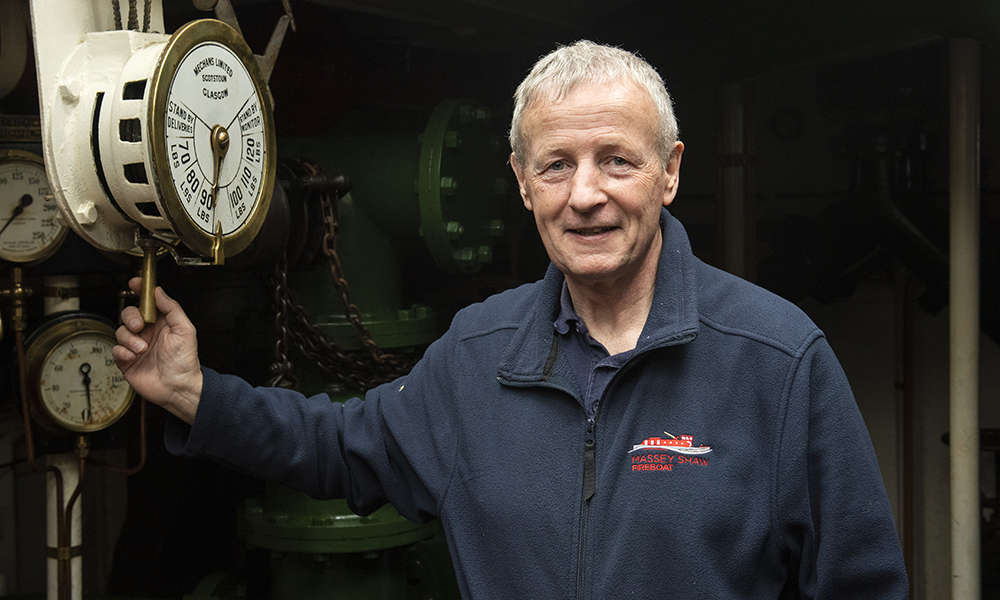
Currently the team are working towards getting Massey Shaw ready to once more cross the channel in 2025.
“We’re part of Dunkirk Little Ships, which celebrates the journey made by those boats in 1940 to save troops from the beaches,” said David.
“The crews who went over during the war were all volunteer firemen and fortunately they all came back safely, but some of the soldiers they rescued had been badly injured.
“We’d especially like young people to take part in our next trip, to learn the skills that were taught back in the 1930s, which are needed to operate the boat so future generations can continue to enjoy and learn about her.
“Volunteering is a great deal of fun – over the 40 years I’ve been involved, I’ve met some fantastic people and I’ve always enjoyed it.
“It’s great when visitors come onto the boat, especially if they have stories to share about individuals who perhaps served on Massey Shaw or were associated with her.
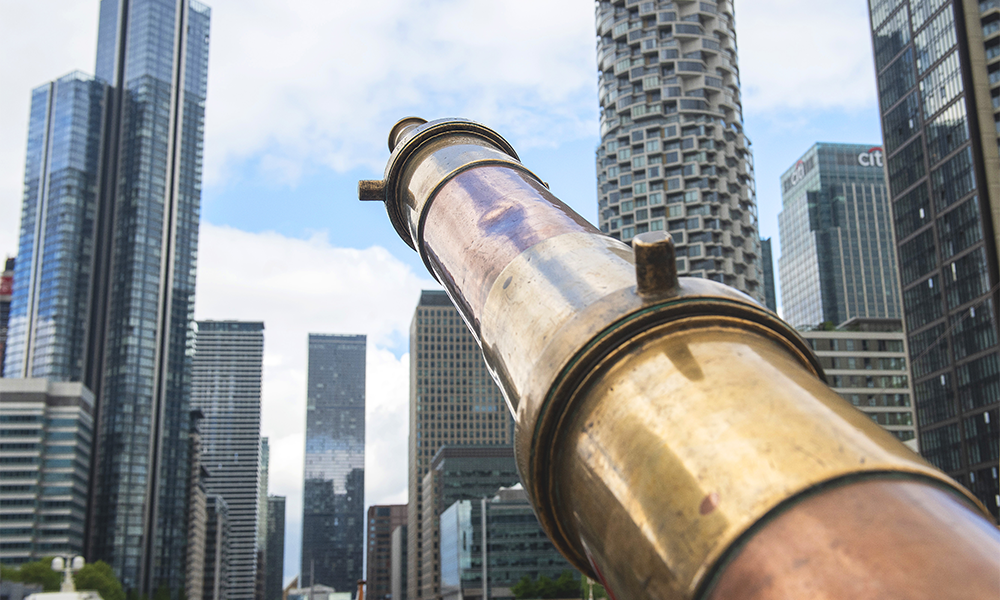
“Also, the opportunity to go out on the boat, to show people what she can do and what it was like in its early days gives you a real buzz. We’re here to prove she can still do the job she was built for.”
Descend into Massey Shaw’s engine and pump room and you can see exactly what he’s talking about.
The beating heart of the vessel is her two main engines that require constant maintenance to both propel the boat and to power its firefighting equipment, capable of pumping enormous amounts of water to where it’s needed.
David says the main brass cannon on deck – called ‘the monitor’ – is capable of pumping 13,000 litres of water every single minute with enough force to propel the whole boat along when in full flow.
“Last year we had an open day and the pump was running and the harbour master ran up the dock and said it was just fantastic – that he’d never seen anything like it,” said David.
“That’s the reaction we want – people clap and cheer because it’s such a great thing to see. We’re hoping to hold another open day to raise greater awareness of what we’re doing on August 14 and we’re very keen to attract new visitors.
“Beyond that we’re working to get Massey Shaw ready for Dunkirk in 2025 and we have an Arts Council application in to become an independent museum.
“Then we want to find somewhere we can have a link to the shore so we can display our archive.
“We’re also looking to partner with other local organisations and companies so we can expand and move forward from here.”
The Massey Shaw Education Trust is actively seeking new volunteers, partnerships and funding for its activities.
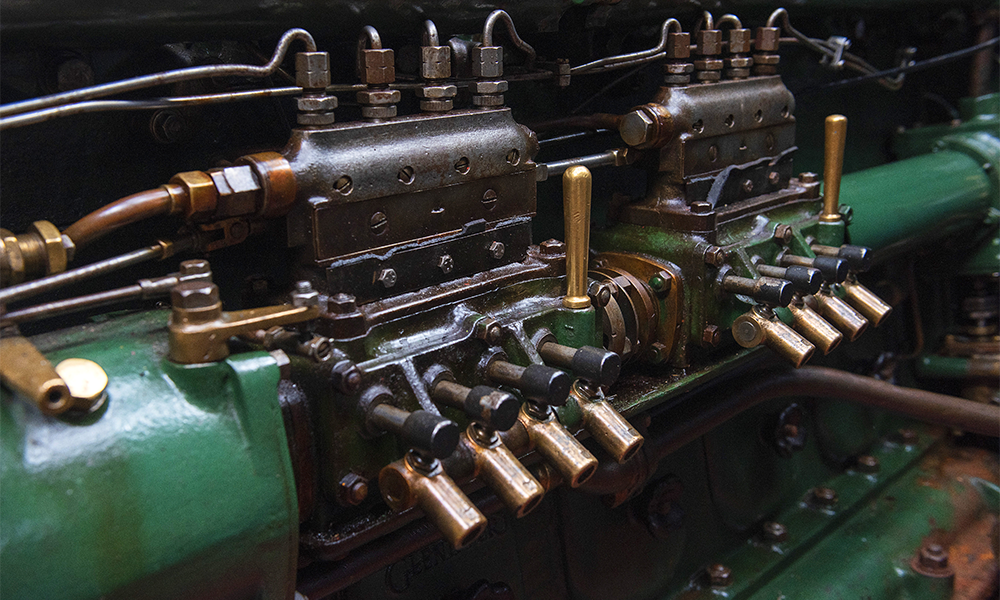
Read more: How Terrible Thames takes Horrible Histories onto the river
Read Wharf Life’s e-edition here
Subscribe to Wharf Life’s weekly newsletter here
- Jon Massey is co-founder and editorial director of Wharf Life and writes about a wide range of subjects in Canary Wharf, Docklands and east London - contact via jon.massey@wharf-life.com



